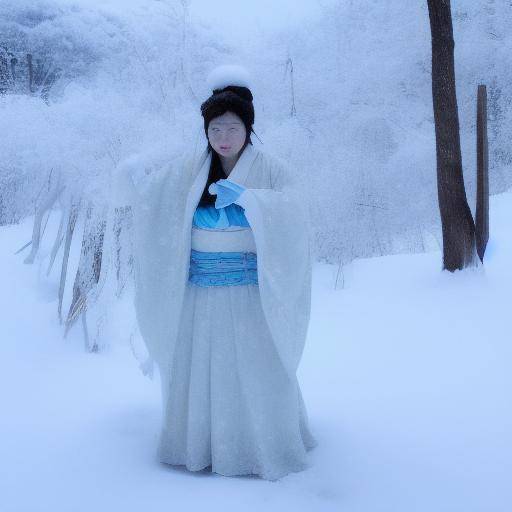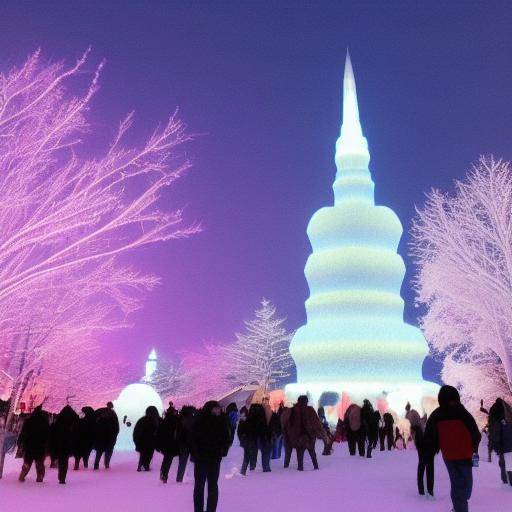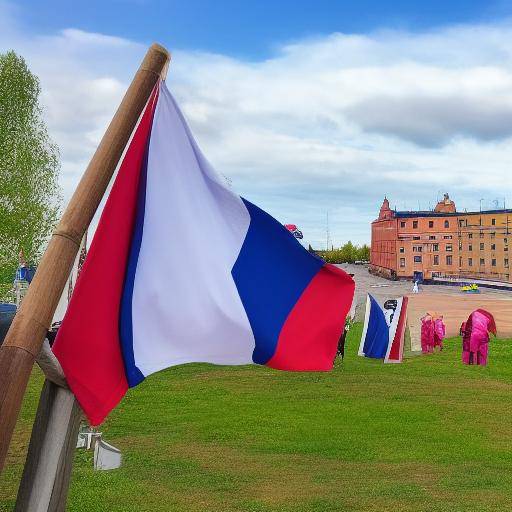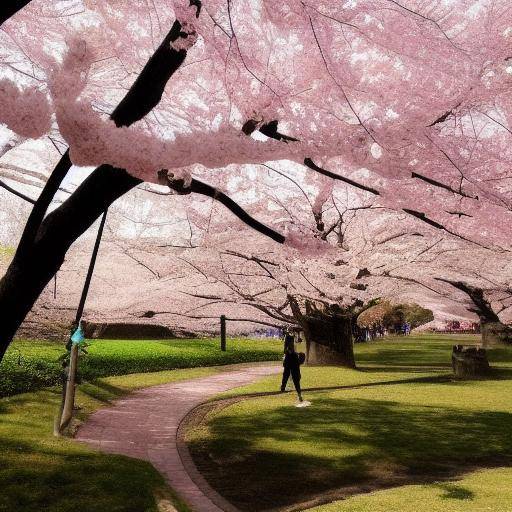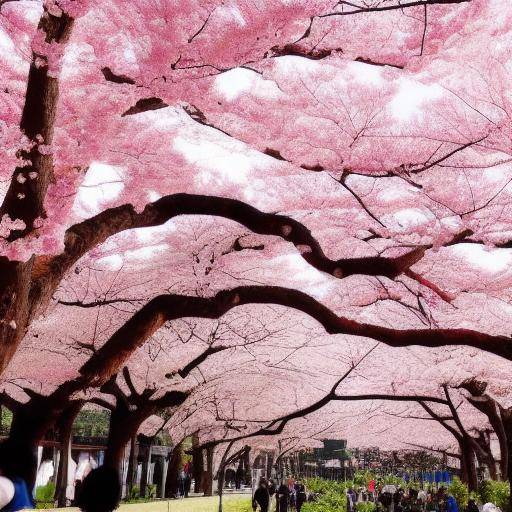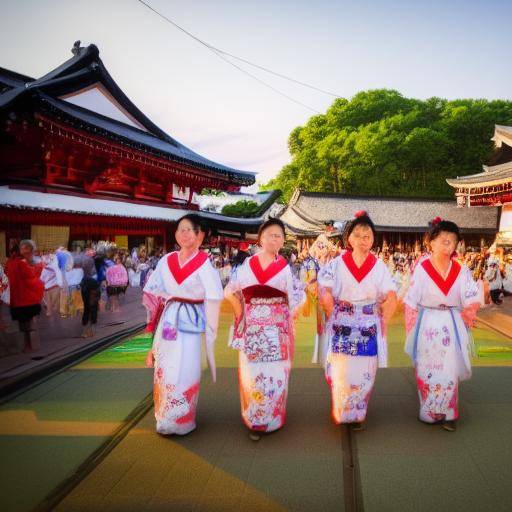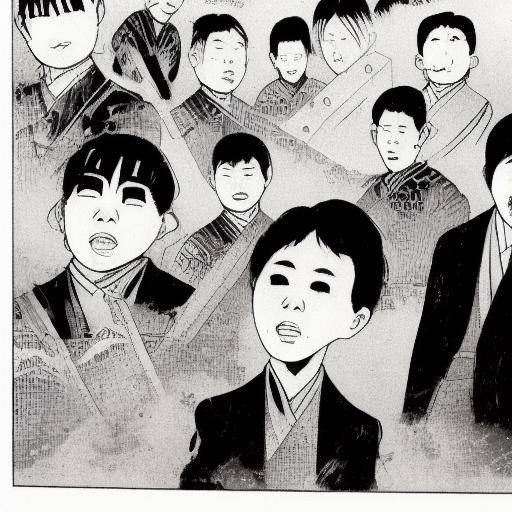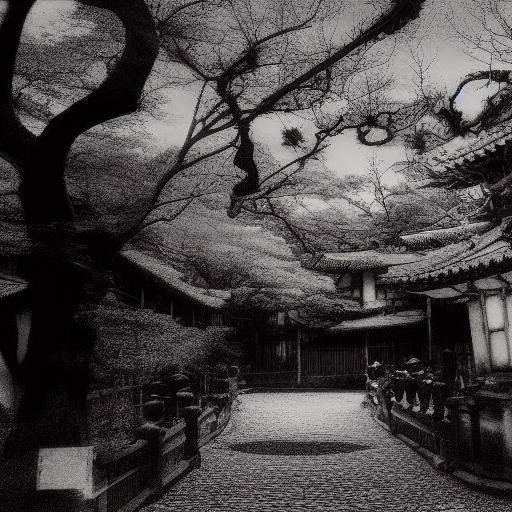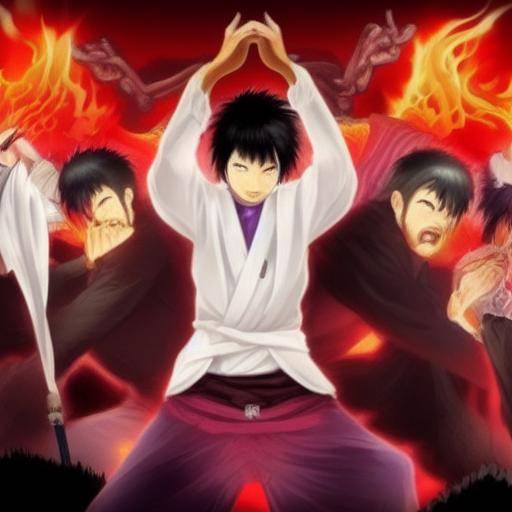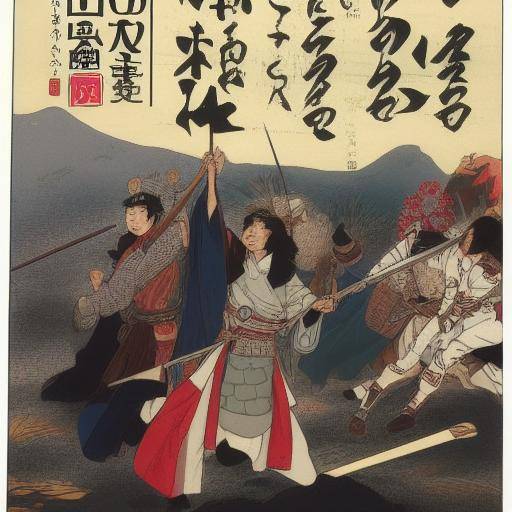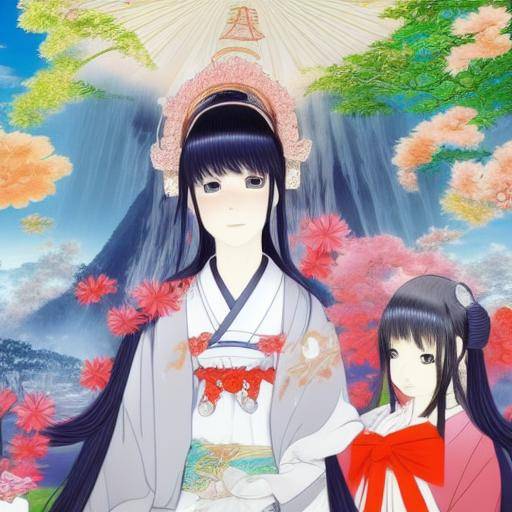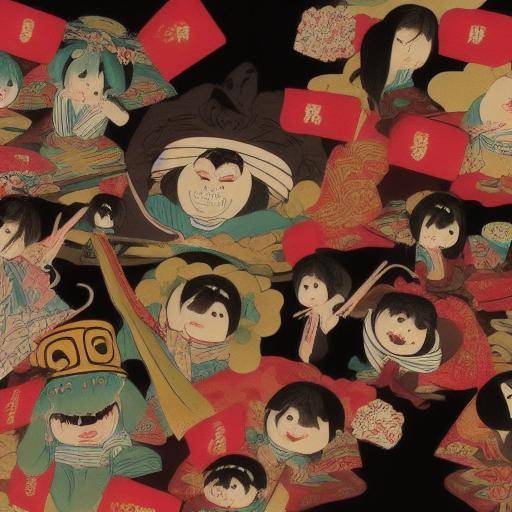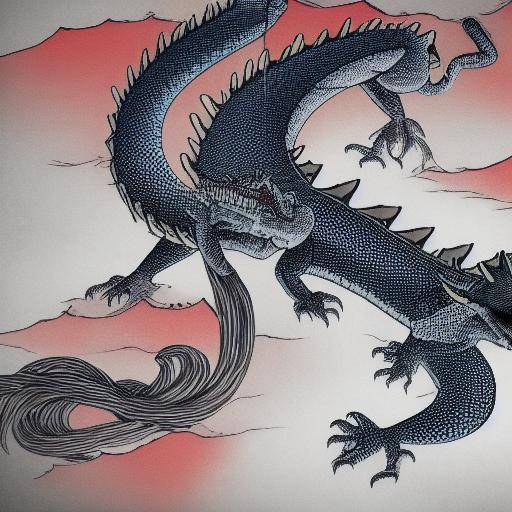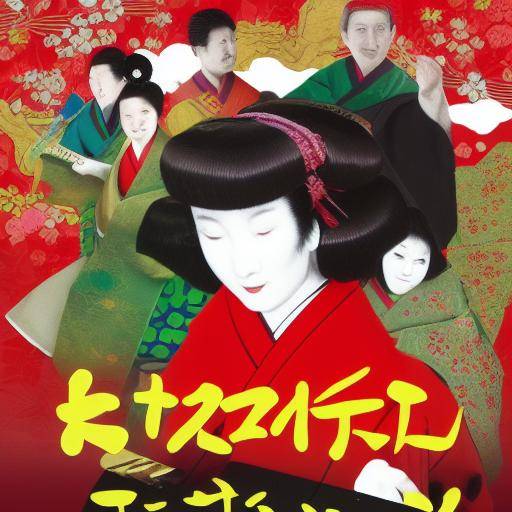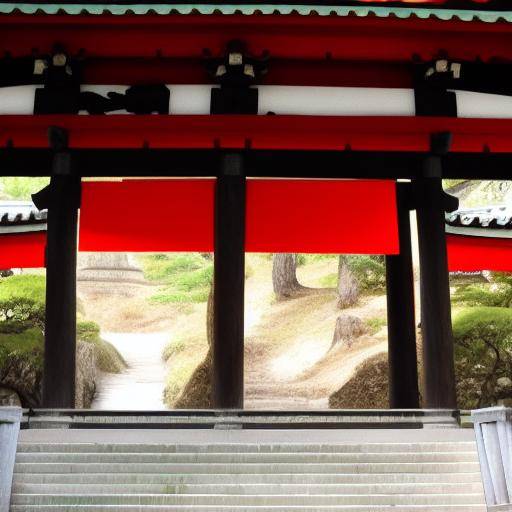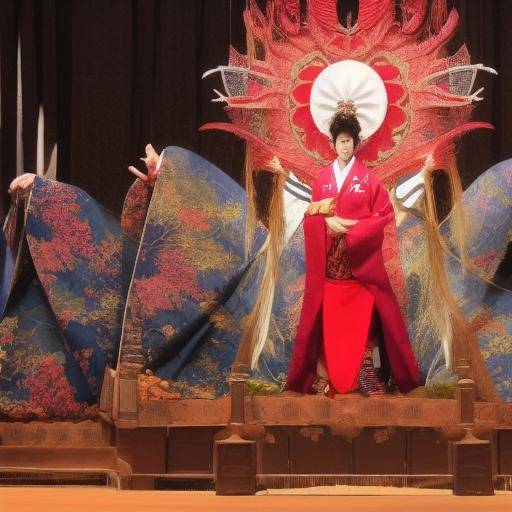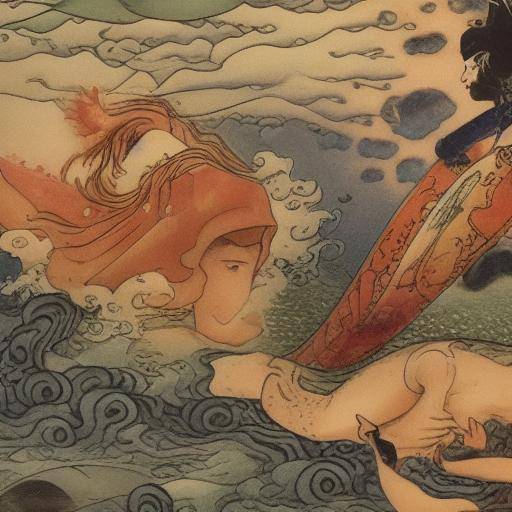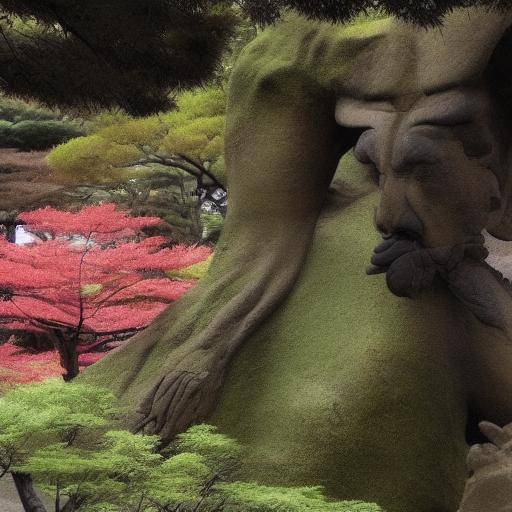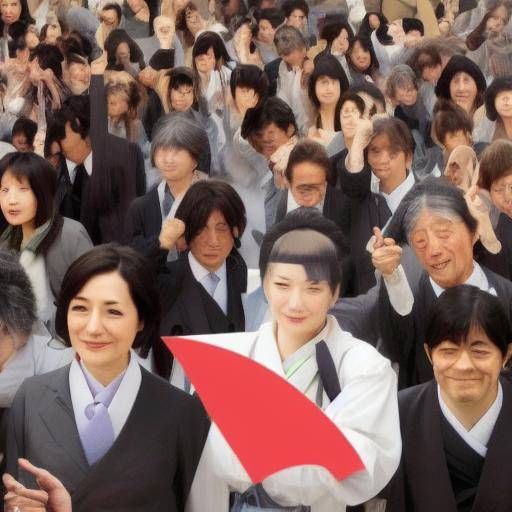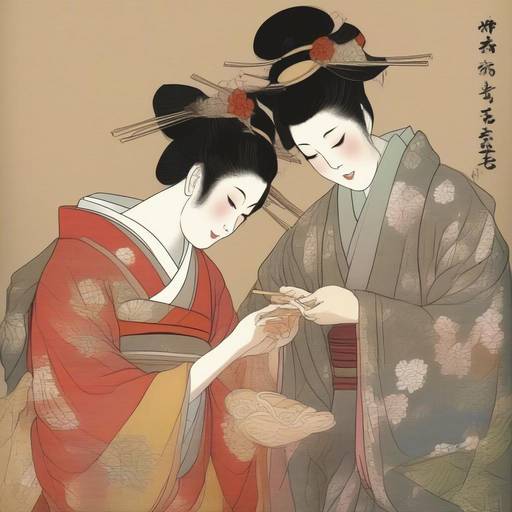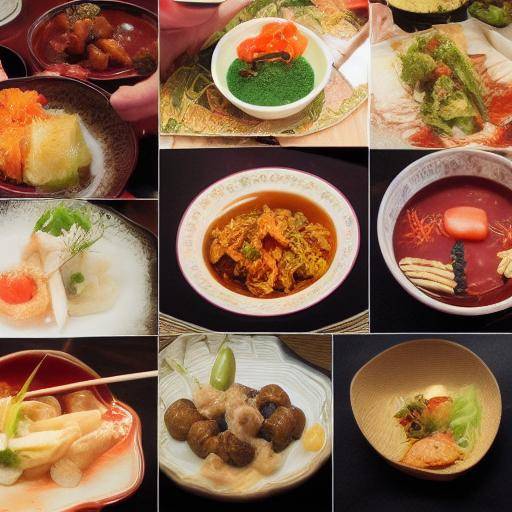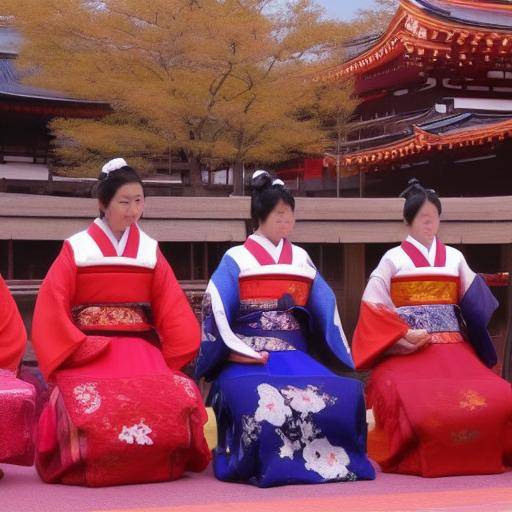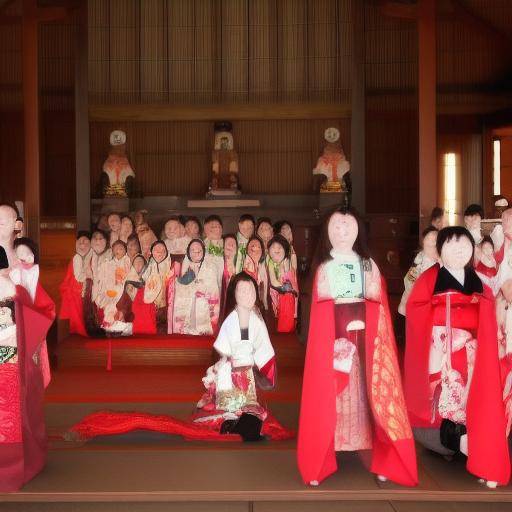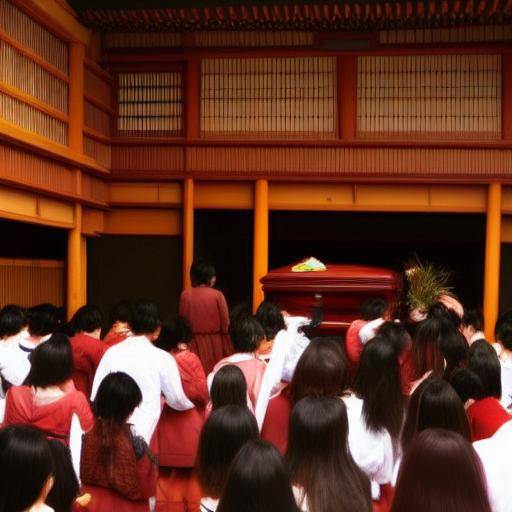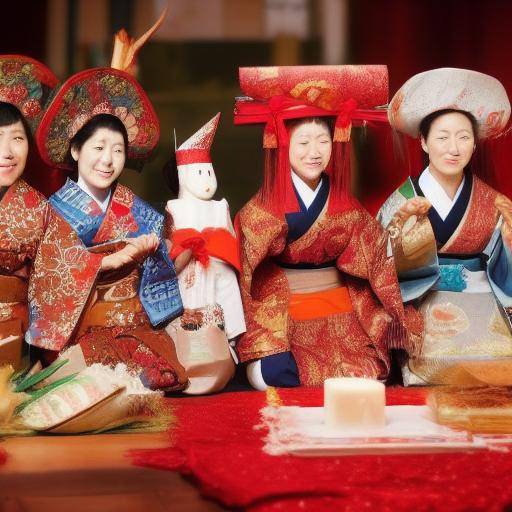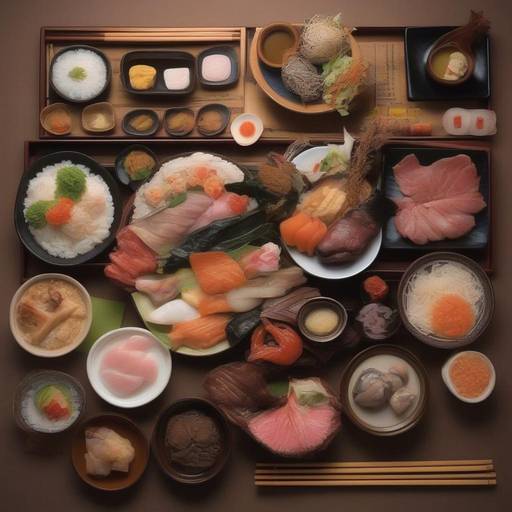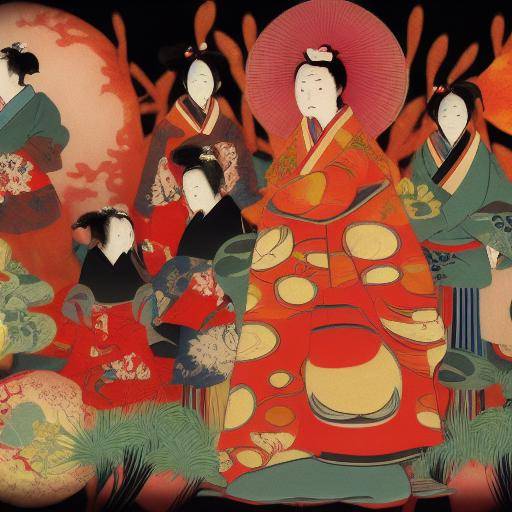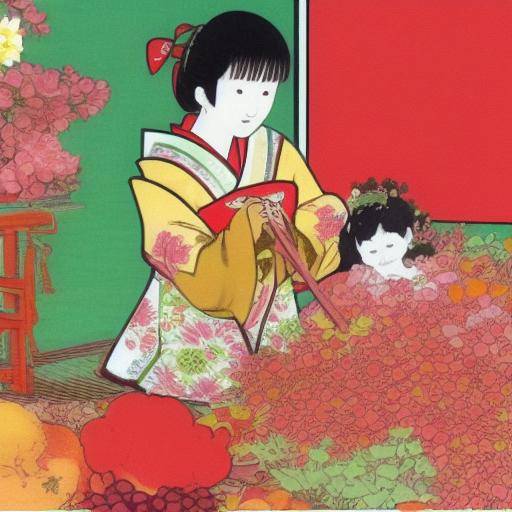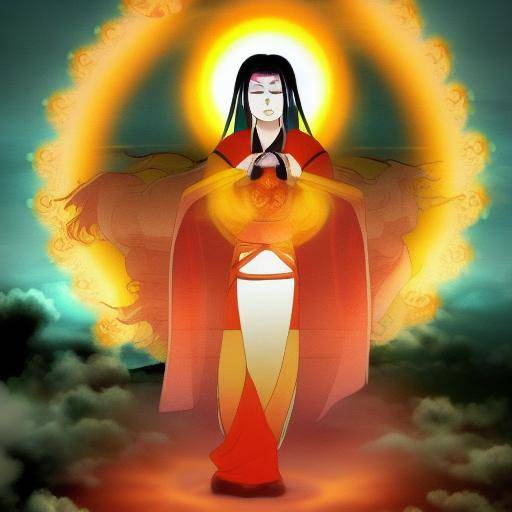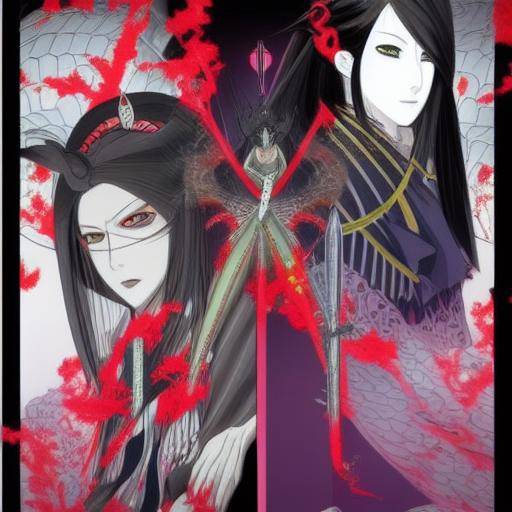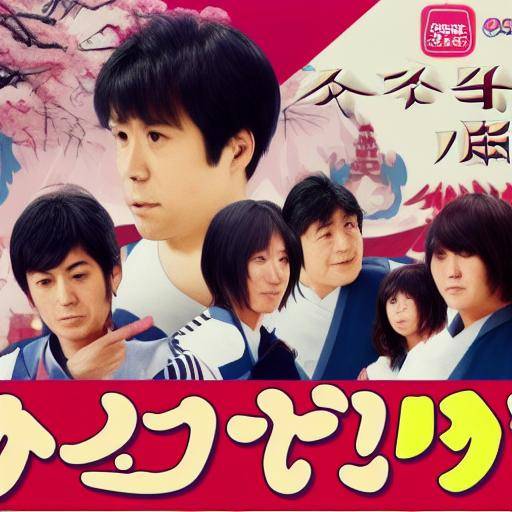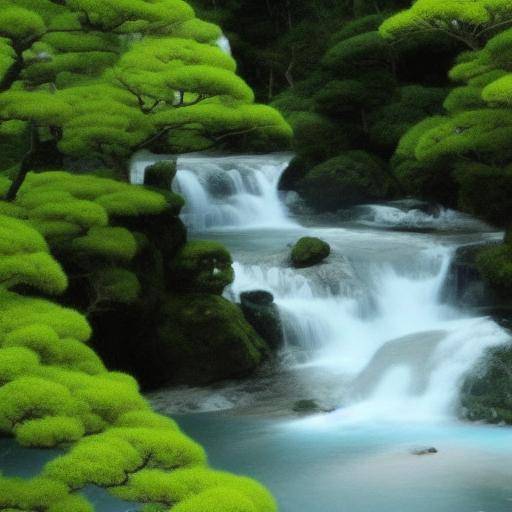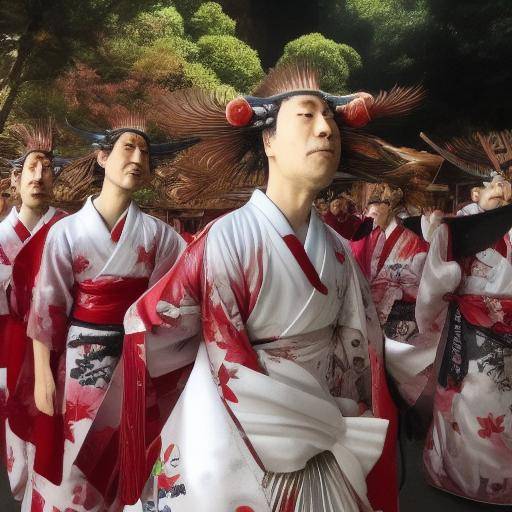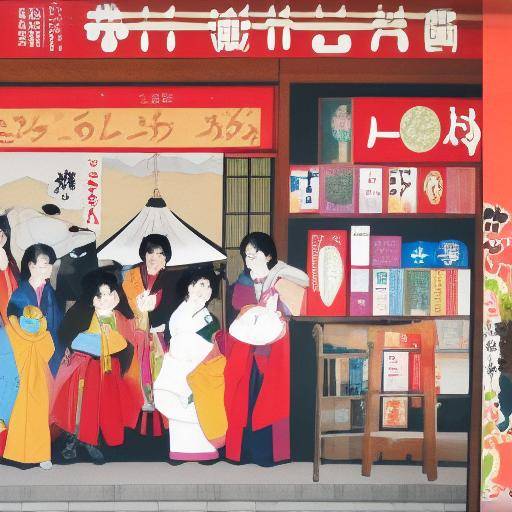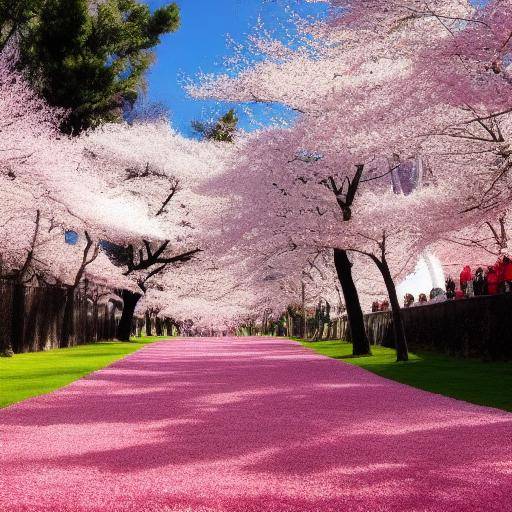
Hanami is one of Japan's most beautiful and significant traditions. This ritual of contemplating the ephemeral beauty of the flowered cherry trees, known as sakura, is a unique experience that attracts people from all over the world. Along with the ancient Japanese tradition of picnics (known as hanami dango) under these blooming trees, the hanami is a celebration that loves fans of nature, culture and history. In this article, we will thoroughly explore the history, current practices, benefits, and everything related to the hanami, flower cherry and picnics in Japan.
History and Background of the Hanami
The hanami, which literally means "look at the flowers", has its roots in the Nara period (710-794 AD). During this time, the Japanese aristocracy celebrated the festival of the blooming of the plum, the ume matsuri, as a way of welcoming the spring. Over the centuries, Hanami became a more widespread practice, and the Japanese began to pay tribute to the flowering of the cherry trees, which symbolize the ephemeral beauty of life.
The rise of the samurai class in the Edo period (1603-1868) popularized the hanami among the general population, making it an event that transcended social barriers. During this time, the fashion of enjoying meetings under the cherry blossoms spread throughout Japan, becoming a tradition loved by all layers of society.
The Hanami in the News
Today, the hanami is much more than a simple observation of nature. It is a social event that brings together families, friends and coworkers to enjoy the sakura splendour. The parks, gardens and rivers of Japan are filled with people who organize picnics, share meals and drinks, and enjoy the company of their loved ones under the canopy of cherry flowers.
Even in the modern era, hanami is still a fundamental part of Japanese culture, and every year detailed calculations are made on the flourishing of the cherry trees to allow people to plan ahead their celebrations under the sakura.
Benefits of Hanami and Picnics
The practice of hanami and picnics has many benefits for well-being, both physical and emotional. Being immersed in a natural environment and enjoying the beauty of flowering cherry trees can reduce stress, improve mood and foster a sense of connection with nature. In addition, spending time outdoors in a relaxed environment, sharing food and drink with friends and family, promotes social cohesion and the enjoyment of the small pleasures of life.
Recommended practices for Hanami and Picnics
By enjoying the hanami and the picnics in Japan, it is important to follow certain best practices to preserve the natural beauty of the cherry trees and respect the environment. Visitors usually wear loins or blankets to sit, as well as food and drinks to share. It is common to enjoy special local dishes, such as dango hanami, sweet rice cakes that symbolize the colors of sakura.
It is important to remember that hanami is an opportunity for calm contemplation and the enjoyment of nature; therefore, attendees are asked to respect the environment and avoid causing disturbances or damage to the environment.
Conclusion
The hanami, with its long-standing Japanese tradition of admiring the ephemeral beauty of the flowered cherry trees, and the pleasure of the picnics under these trees, is a practice that combines the spiritual, the social and the natural in one event. This celebration has fostered a deep sense of appreciation for nature and life among the Japanese population and has been a source of inspiration for people around the world.
From its origin in ancient Japan to the present time, the hanami, the sakura and the picnics have weaved a beautiful story that continues to captivate generations. This veneration for ephemeral beauty and union in harmony with nature remains a reminder of the fragility and happiness that are found in life itself.
We hope that this article has provided a profound and enriching view of the magnificent tradition of hanami, the contemplation of the blossoms, and the pleasure of the picnics in Japan.
Frequently asked questions
1. Why are flower cherry trees so important in Japanese culture?
The flowered cherry trees, known as sakura, are highly valued in Japanese culture for their brief but impressive beauty, which symbolizes the transientness and renewal of nature. This metaphor has merged with Japanese philosophy, contributing to its spiritual and cultural significance.
2. What is the best time to enjoy the hanami in Japan?
The optimal time for the hanami varies every year, but usually occurs between late March and early April, depending on the region and weather conditions. During this period, the cherry trees flourish in all their splendor, creating an impressive natural spectacle.
3. What is the typical meal you enjoy during the hanami?
One of the most popular delicacies during the hanami are the dango hanami, small sweet rice cakes with different colors that symbolize the beauty of the sakura. In addition, people usually wear obentos (Japanese lunch boxes) and other dishes prepared to share during picnics.
4. How are sakura preserved in Japanese tradition?
Flower cherry trees are highly valued in Japan, so the preservation and care of these trees is promoted. Hanami participants are urged to be respectful of the environment, to collect their trash, and to avoid damaging the trees to ensure that others can also enjoy their beauty in the future.
5. Is hanami celebrated exclusively in Japan?
Although hanami has its roots in Japan, it has spread to different parts of the world, especially in those places where sakura also flourish. People from diverse cultures meet to appreciate the beauty of the flowering cherry trees, adopting the tradition of the hanami in their own communities.
6. What is the symbolism behind the hanami in Japanese culture?
Hanami represents an emotional and spiritual connection with nature, as well as an appreciation of the fleetingness and the transient beauty of life. This practice honors the cycle of life, renewal and the importance of living the present moment.
We hope that these answers have provided a deeper understanding of hanami, sakura and picnics and that inspire readers to immerse themselves in the rich Japanese culture and beauty of nature!

